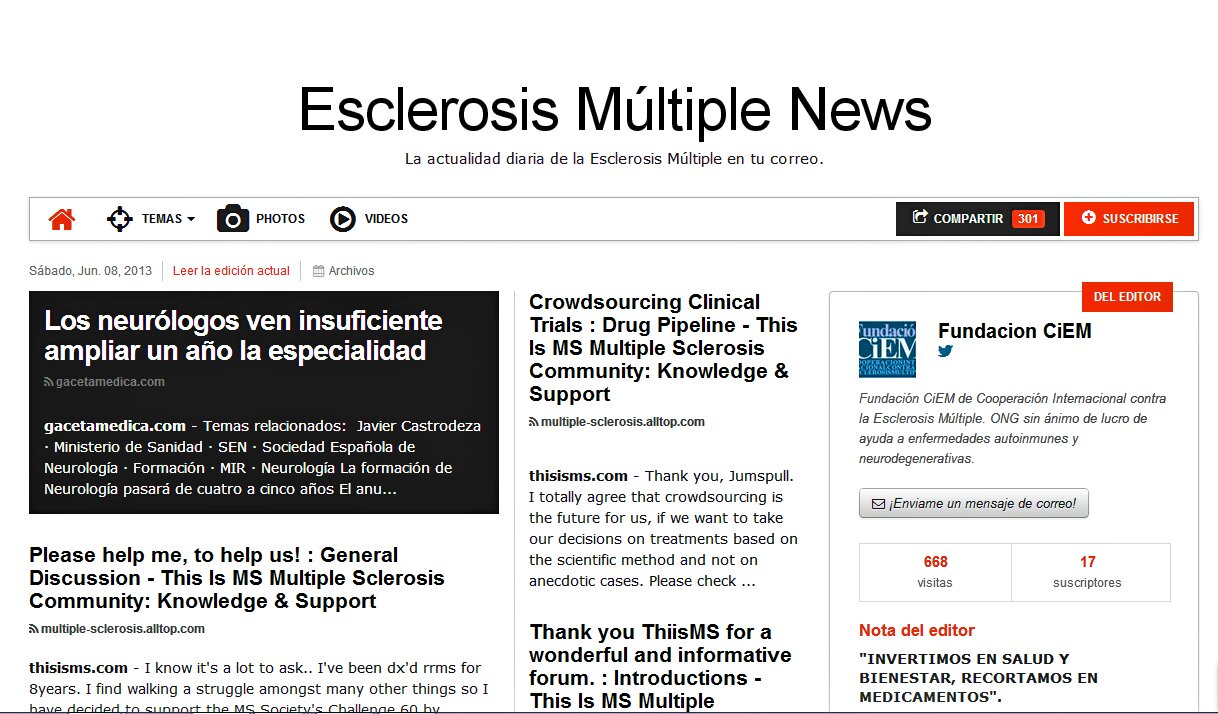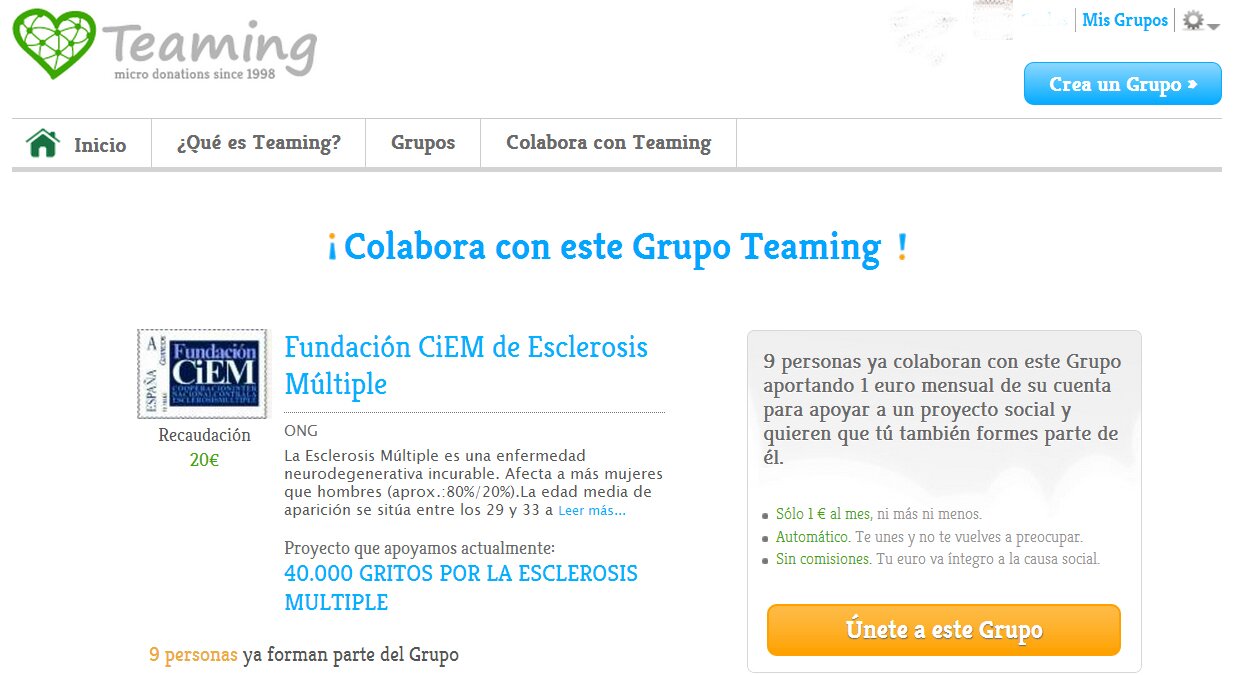
Sclerosis: Causes, Symptoms, and Treatment Options
Introduction
Sclerosis is a chronic disease that affects the central nervous system, including the brain, spinal cord, and optic nerves. It is also known as multiple sclerosis (MS) because the immune system attacks multiple areas of the nervous system. The exact cause of sclerosis is unknown, but it is believed to be triggered by a combination of genetic and environmental factors.
In people with sclerosis, the immune system mistakenly attacks the myelin sheath, which is a protective covering that surrounds nerve fibers. This damage disrupts the normal communication between the brain and other parts of the body, leading to a range of neurological symptoms that can vary greatly from person to person.
Some common symptoms of sclerosis include fatigue, numbness or tingling in the limbs, muscle weakness, difficulty with coordination and balance, vision problems, and bladder and bowel dysfunction. In severe cases, sclerosis can cause complete paralysis.
Although there is no cure for sclerosis, there are a variety of treatment options available to manage symptoms and slow the progression of the disease. These include medications to reduce inflammation and control the immune system, physical therapy to improve strength and mobility, and occupational therapy to help with daily activities.
Living with sclerosis can be challenging, but with proper treatment and management, many people are able to maintain a good quality of life. It is important for individuals with sclerosis to work closely with their healthcare providers to develop an individualized treatment plan that addresses their specific needs and symptoms.
Causes of Sclerosis
The exact cause of sclerosis is still unknown. However, research suggests that a combination of genetic and environmental factors may play a role. Some possible causes of sclerosis include:
-
Genetics
Genetics: Research has shown that genetics play a significant role in the development of sclerosis. If a person has a first-degree relative such as a parent or sibling who has been diagnosed with sclerosis, their risk of developing the condition is higher compared to those without a family history of the disease. Studies have identified several genes that may be involved in the development of sclerosis, although it is not fully understood how these genes contribute to the disease. It is possible that a combination of genetic and environmental factors may lead to the development of sclerosis. Healthcare providers may consider a patient's family history when evaluating their risk of developing sclerosis and may recommend monitoring or preventive measures as appropriate.
Environmental factors
Environmental factors such as exposure to certain viruses, such as the Epstein-Barr virus, have been linked to an increased risk of developing sclerosis. The Epstein-Barr virus is a common virus that infects many people worldwide and is associated with infectious mononucleosis or "mono." Some studies suggest that the Epstein-Barr virus may trigger an abnormal immune response in people who are genetically susceptible to sclerosis. In addition to the Epstein-Barr virus, other viruses such as the human herpesvirus 6 (HHV-6) and the varicella-zoster virus (VZV) have also been linked to an increased risk of sclerosis. However, more research is needed to fully understand the relationship between these viruses and the development of sclerosis.
-
Several lifestyle factors
Several lifestyle factors have been found to increase the risk of developing sclerosis. One of these factors is smoking, which has been shown to be associated with an increased risk of developing the disease. Smoking can damage the immune system and increase inflammation, both of which can contribute to the development of sclerosis. Another lifestyle factor that may increase the risk of sclerosis is a lack of vitamin D. Studies have shown that people with low levels of vitamin D in their blood may be at an increased risk of developing the disease. Vitamin D is important for maintaining a healthy immune system and may also help protect against the damage to the myelin sheath that occurs in sclerosis. Obesity is another lifestyle factor that has been linked to an increased risk of sclerosis. Studies have shown that people who are overweight or obese may be more likely to develop the disease than those who maintain a healthy weight. The exact mechanisms behind this link are not fully understood, but it is thought that obesity may contribute to inflammation in the body, which can damage the myelin sheath and increase the risk of sclerosis. Overall, while the exact causes of sclerosis are not fully understood, it is clear that a combination of genetic and environmental factors, as well as lifestyle factors, may all play a role in the development of the disease. By making healthy lifestyle choices, such as quitting smoking, getting enough vitamin D, and maintaining a healthy weight, individuals may be able to reduce their risk of developing sclerosis.
Another lifestyle factor that may increase the risk of sclerosis is a lack of vitamin D. Studies have shown that people with low levels of vitamin D in their blood may be at an increased risk of developing the disease. Vitamin D is important for maintaining a healthy immune system and may also help protect against the damage to the myelin sheath that occurs in sclerosis.
Obesity is another lifestyle factor that has been linked to an increased risk of sclerosis. Studies have shown that people who are overweight or obese may be more likely to develop the disease than those who maintain a healthy weight. The exact mechanisms behind this link are not fully understood, but it is thought that obesity may contribute to inflammation in the body, which can damage the myelin sheath and increase the risk of sclerosis.
Overall, while the exact causes of sclerosis are not fully understood, it is clear that a combination of genetic and environmental factors, as well as lifestyle factors, may all play a role in the development of the disease. By making healthy lifestyle choices, such as quitting smoking, getting enough vitamin D, and maintaining a healthy weight, individuals may be able to reduce their risk of developing sclerosis.
Symptoms of Sclerosis
The symptoms of sclerosis vary depending on the location of the affected nerves. Some common symptoms include:
- Numbness or tingling in the limbs
- Weakness in the muscles
- Difficulty with coordination and balance
- Blurred or double vision
- Fatigue
- Difficulty with speech and swallowing
- Cognitive problems, such as memory loss and difficulty concentrating
Treatment of Sclerosis
There is currently no cure for sclerosis. However, several treatments are available to manage the symptoms and slow the progression of the disease. Some common treatments include:
- Medications: There are several medications available to manage the symptoms of sclerosis, including corticosteroids, immunomodulators, and monoclonal antibodies.
- Physical therapy: Physical therapy can help improve mobility, strength, and balance.
- Occupational therapy: Occupational therapy can help individuals with sclerosis maintain their independence and perform daily activities.
- Speech therapy: Speech therapy can help individuals with sclerosis improve their communication skills.
FAQs
Q: Can sclerosis be cured?
A: There is currently no cure for sclerosis.
Q: Can sclerosis be fatal?
A: While sclerosis is a chronic and potentially disabling disease, it is not typically fatal.
Q: Is there a link between sclerosis and depression?
A: Yes, individuals with sclerosis are at a higher risk of developing depression.
Conclusion:
Sclerosis is a chronic disease that requires ongoing management to minimize symptoms and slow disease progression. Treatments for sclerosis may vary depending on the individual's symptoms, overall health, and disease progression. Some common treatments for sclerosis include medication to manage symptoms such as muscle stiffness, fatigue, and pain, physical therapy to improve mobility and strength, and occupational therapy to help individuals with daily living activities. Additionally, lifestyle changes such as regular exercise, a healthy diet, and stress management techniques may also be recommended to improve overall health and manage symptoms. It is essential for individuals with sclerosis to work closely with their healthcare team to develop a comprehensive treatment plan that addresses their unique needs and helps them maintain the best possible quality of life.






























